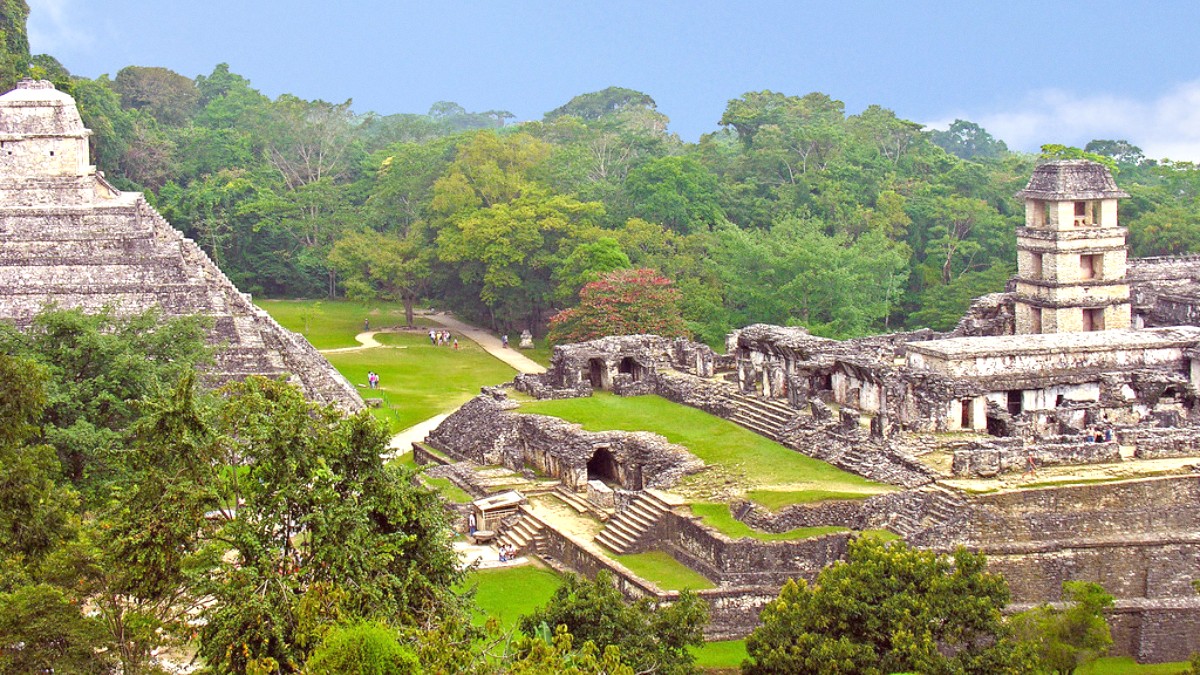
Tabasco And Chiapas, Mexico
The main form of public transportation within Palenque is the "colectivo," which are shared passenger vans. They offer an efficient and inexpensive way to travel popular routes. Palenque does not have a comprehensive network of city buses or a metro system. Colectivos fulfill this role, operating on fixed routes but without strict schedules, departing when full.
Fares are paid directly to the driver upon boarding or exiting. They are fixed for specific routes. Always have small bills or coins available, as drivers may not carry much change. Colectivos for the Palenque ruins run very frequently from early morning (around 6:00 AM) until late afternoon or early evening (around 6:00 PM). They depart once the van fills up, which usually happens quickly on popular routes.
Parque Central or Calle Juárez in town for ruins and waterfall colectivos.
Pay directly to the driver with small bills or coins.
Colectivos are the most authentic and cost-effective way to move around Palenque.
Limited agencies in Palenque. Better options at Villahermosa (VSA) or Tuxtla Gutiérrez (TGZ) airports.
Valid driver's license (IDP recommended), credit card for deposit, mandatory Mexican car insurance.
Less common. Exercise extreme caution due to road conditions. Helmets are legally required.
No formal sharing programs. Some hotels offer rentals for local use, especially along Carretera Ruinas.
Exploring Palenque on foot or by bicycle offers unique perspectives, especially within the town and around the archaeological zone.
Drive on the right. Seatbelts are mandatory. Speed limits vary; observe signage.
Main highways are paved. Rural roads can be rough with potholes and unmarked speed bumps ("topes").
Available at major attractions and most accommodations. Street parking or paid lots are options in town.
A quick summary of Palenque's local travel options.
Town center and archaeological site paths are pedestrian-friendly.
Wear comfortable shoes!
Limited bike lanes. Stick to less trafficked routes for safety.
Be cautious on roads.
Convenient for organized trips to distant sites (Yaxchilan, Bonampak).
Most practical for remote sites.
For more remote or complex destinations, organized tours usually offer the best logistical support and safety.